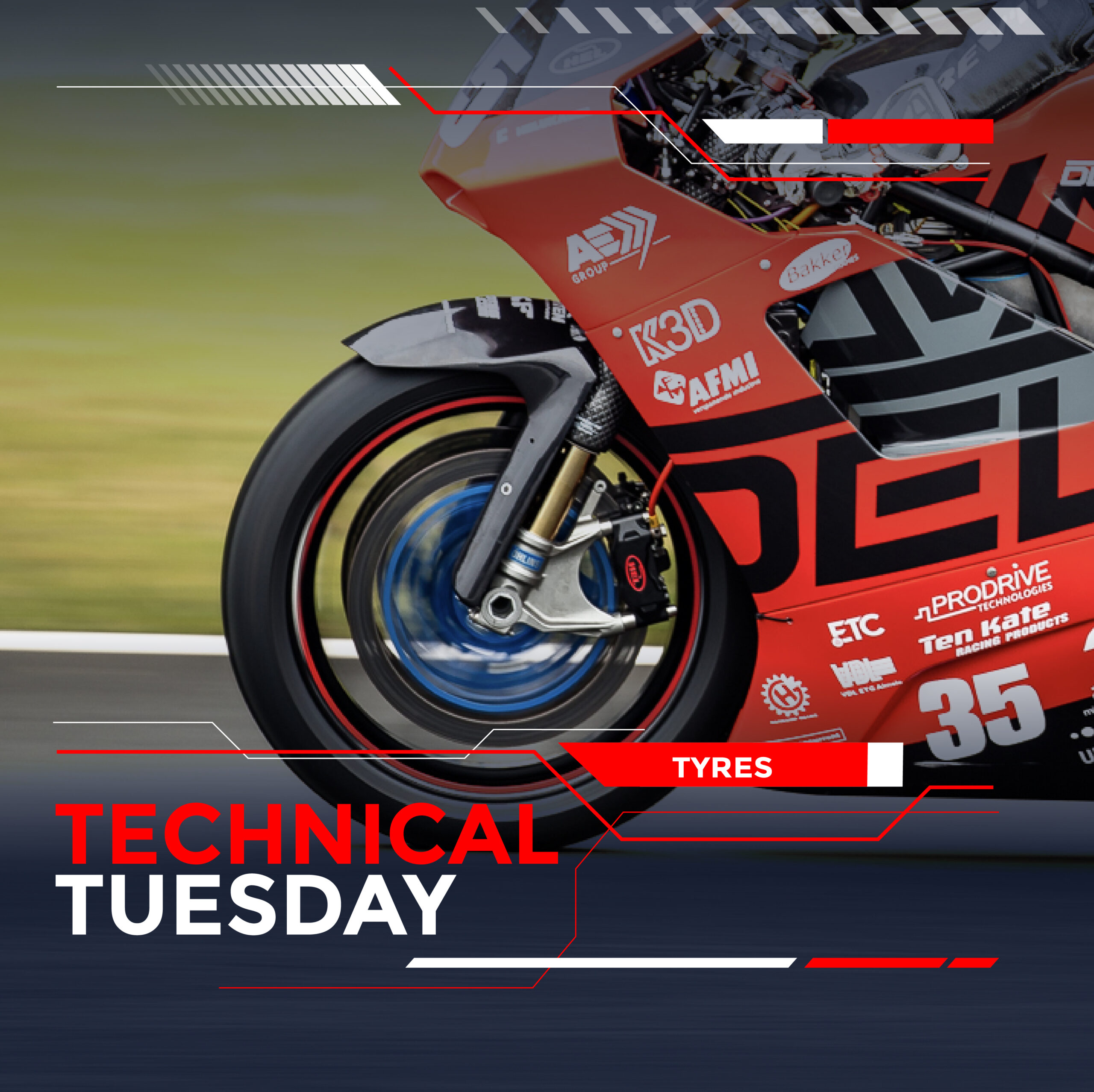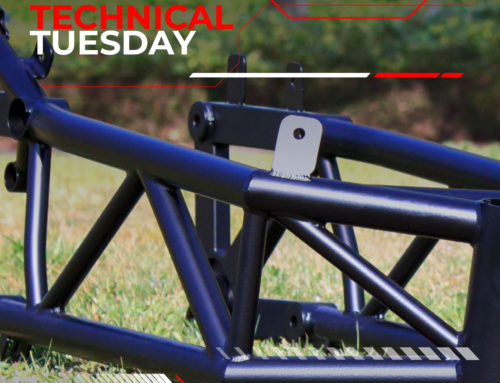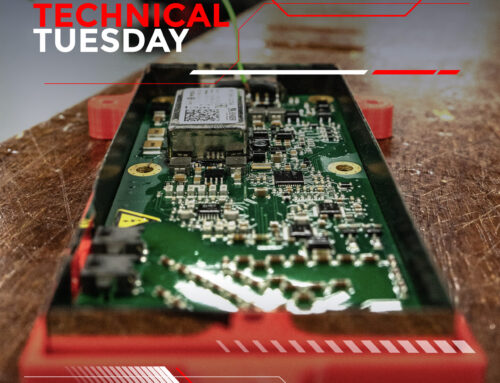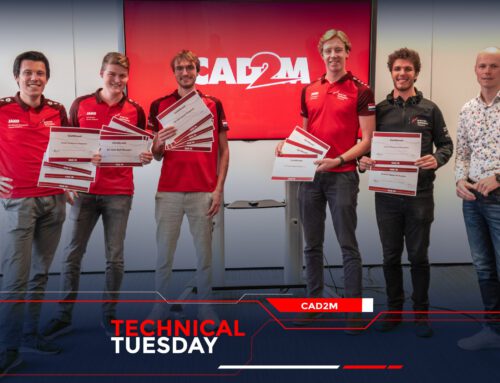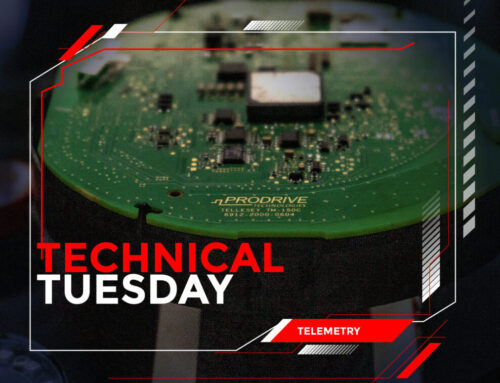For today’s Technical Tuesday we wanted to tell you more about tyres, such a simple looking component of a vehicle, and yet, they can make a big difference.
Tyres are used everywhere, and they come with all kinds of differences: big, small, winter, summer, all-season, racing tyres, …
You might have noticed that the tyres you drive on with your car, bicycle, or motorbike, are not the same during the summer and the winter, and if you are a motorsport enthusiast, that the MotoGP, Formula 1, and other races have different tyres. Well, the main reason for that is… The weather!
The weather is one of the biggest factors for choosing a tyre. During the winter you have tyres with more grooves than during the summer, this gives more grip under adverse conditions like rain or snow. However, in motorsport they tend to use tyres with no grooves at all. ‘But… why?’ you might be wondering
Well, they are called slick-tyres or slicks, and as the name suggests, they are very smooth, without the groves of your typical tyre. On a dry surface, slick tyres have more grip because they have a larger contact surface area than tyres with grooves, so the stick better to the tarmac.
At Electric Superbike Twente we use the lovely Pirelli DiabloTM SUPERBIKE tyres, which are racing tyres for racetrack use only.
The specific blend of materials that is used for the manufacturing of the tyre is called compound, and for the ones interested, the Pirelli DiabloTM SUPERBIKE tyres we use are the SC2 which offer stability, consistency, and performance, which for a racing motorbike is quite important.
For racing on a circuit, there is also one other important factor that needs to be considered before racing: are your tyres warm? If you go racing and you don’t have warm tyres, you might get an unpleasant feeling that your car/motorbike does not have enough grip. This is because the rubber isn’t adhering good enough to the ground. For this, there are tyres warmers, that go around the rubber of the wheel and keep the rubber warm so that you don’t have this problem when driving onto the circuit.


